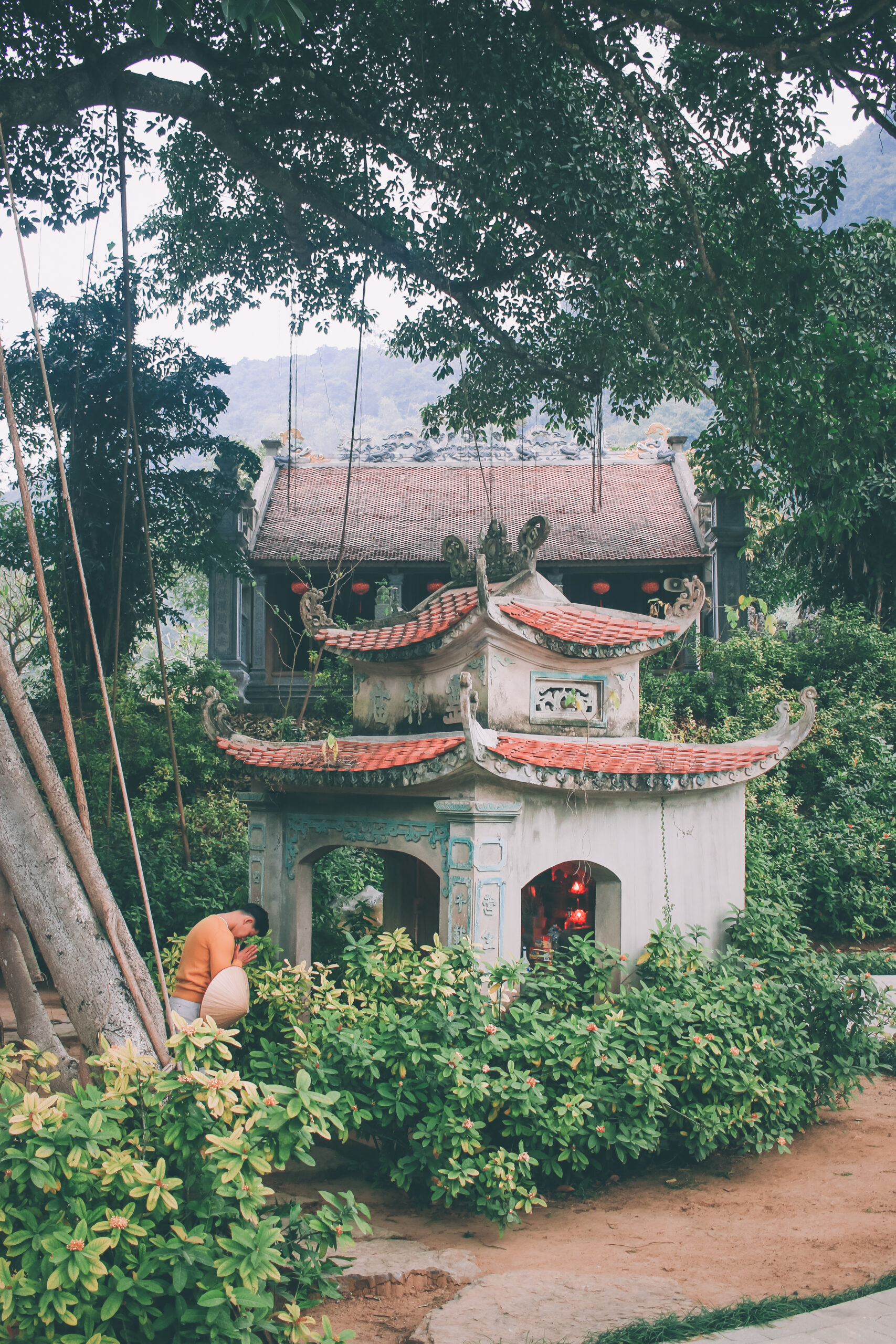
Recall Of The Wild: Getting Close To Nature In Ninh Binhâs Thung Nham Bird Park
Serene and magically beguiling, Thung Nham bird park is one of the rare and exceptional ecotourism destinations in Vietnam that manages to preserve and display its biodiversity while at the same time running headlong into the future.
Table of contents
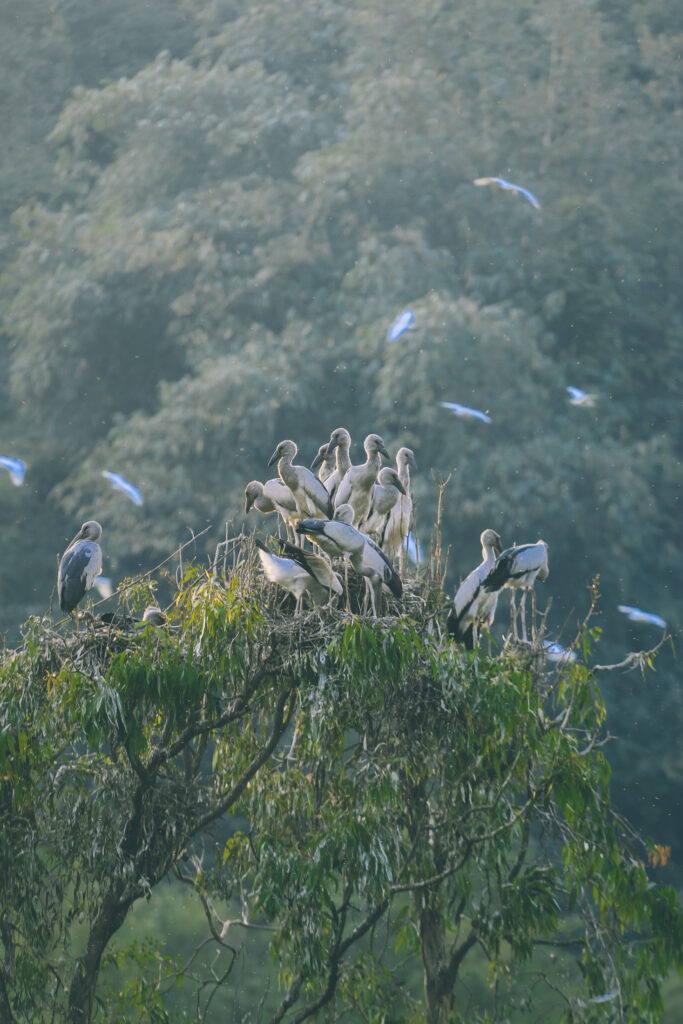
1. Thung Nham Bird Park â Where Nature And Nurture Intersect
The sky is a great source of ornithological wonder and Thung Nham bird park is an excellent place to see birds heading off and arriving in their millions. Tucked away between lushly carpeted limestone mountains and sheltered from the wind, the park is home to a great diversity of both migratory and resident birds. It has breeding groups of storks, night herons, magpie robins, and other species. Amazing as the diversity might seem, the park bird population is dominated in numbers and kind by members of the stork family, including yellow bitterns, cattle egrets, Chinese pond herons, and black bitterns.
What is, perhaps, even more, striking are its flocks of cranes â one of Asiaâs most loved birds which are often considered to represent noble characters and longevity in many cultures. A trip to Thung Nham bird park during the breeding season â the period between August and April (lunar calendar), creates the wow factor of huge flocks of these charismatic creatures flying and strutting about in the brilliant sunlight. In Vietnam, cajeputs are largely associated with the Mekong delta and yet, this unlikely plant, whose seeds are dispersed by the birds themselves, is taking hold in Thung Nham bird park, providing a nesting site for the cranes as well as a safe home for other terrestrial wildlife.
2. From A Wasteland To A Prominent Ecotourism Project
The Thung Nham bird park â in Vietnamese Thung Nham means valleys surrounded by limestone mountains â covers around 300 ha in the Trang An Landscape Complex. It is home to more than 111 species of fauna, including 40 species of birds. A few years ago it was nothing; now itâs North Vietnamâs largest natural bird park.
It is all thanks to Pham Cong Chat â CEO of Doanh Sinh tourism service and trading joint-stock company. It was an amazing and unexpected twist of fate that gave him the idea of turning a piece of wasteland, which only used to be accessible via boat and a tight mountain pass, into a farm, and later on, an ecotourism project. In 1999 during a disastrous flood, he discovered by chance, that birds congregated in large numbers at TiÃẂn (Fairy) Lake â an 18 ha body of water that was sacred to the locals and which had a flourishing aquatic life below the surface. Driven by an intuition stemming from an age-old belief that birds only gather at safe and peaceful lands, he saw an opportunity to preserve the ecosystem, protect the birds, conserve their habitat, and run ecotourism projects to boost local development.

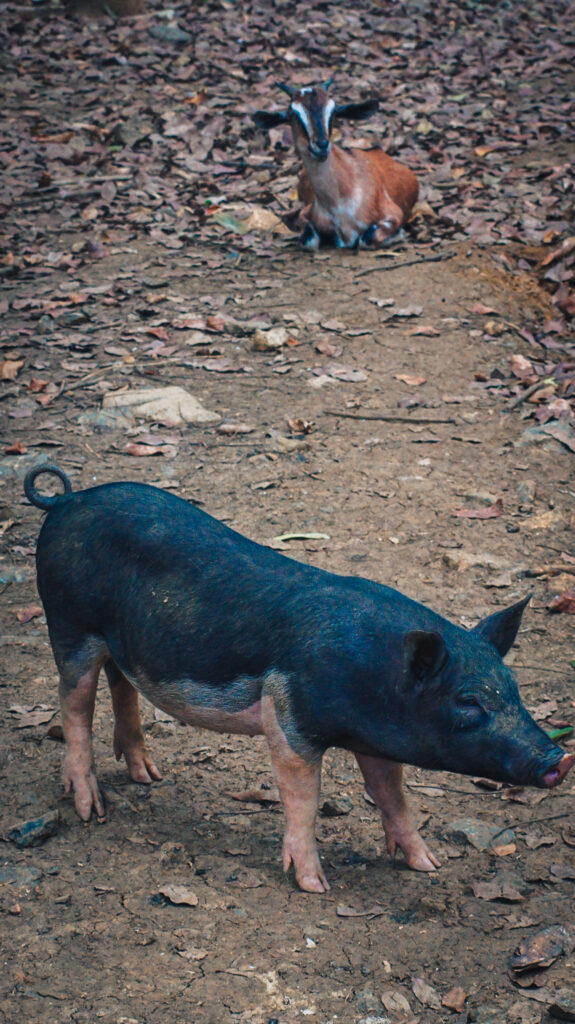
Dark moss green and clear all year round, Fairy Lake is home to 50 tons of fish with varieties ranging from grass carp to mrigal carp. Among the inhabitants of the lake is the âtrauâ fish, a member of the snakehead family. According to local lore, the taste of the Ninh Binh âtrauâ fish is so incredible and unique that it has been called the âfood of emperorsâ â delicacies reserved for the pleasure of the imperial court.
If Fairy Lakeâs vibrant diversity and abundance of fish is one reason for its appeal, what locals believe about the lake elevates it into the realm of the sacred. In Ninh Binh, water drawn from Fairy Lake is revered as blessed and tradition dictates that on New Yearâs Eve (lunar calendar), locals should cleanse their familiesâ incense bowls with it to pay respects to ancestors as the water has a sacred power to clean impurities.
Conservation comes first at the Thung Nham bird park. Part of the strategy involves 24/7 patrols and enlisting the support of the locals. The park management board laid down strict rules: travelers arenât allowed to leave trash behind, they must maintain a certain distance away and keep quiet in order not to disturb the birds. Conservation efforts, combined with the parkâs strategic location, allows birdlife to thrive. Sighting of wading birds is commonplace but the real success story here is the preservation of two rare species listed in Vietnamâs Red Data Book: the great hornbill and the Asian openbill storks.
Along with the restoration of the wasteland, making Thung Nham more accessible was another crucial step in the bid to promote ecotourism. The waterway was kept intact while a bamboo-lined cobbled path passing over the mountain was opened. This 2-km idyllic nature walk brings travelers to the parkâs viewpoint which offers a commanding view of the lush landscape below.
3. Thung Nham Bird Park Rules and Regulations
I. For The Staff |
|
1. Operating hours:
|
|
2. Ticket Price (already included in the attraction ticket):
|
|
3. The staff should advise visitors to:
|
| 4. Assign lifeguards and have rescue equipment stands by when necessary. |
|
5. Capacity:
|
| II. For visitors |
|
1. Please kindly abide by the following rules:
|
| 2. Thung Nham Ecotourism zone shall not be responsible or liable for any loss or damage sustanined or caused by visitors’ disrespect of the rules and regulations. |
| If you have any enquiries, suggestions, requests or complaints in respect of our services, you may contact us through hotline 0915.375.968. |
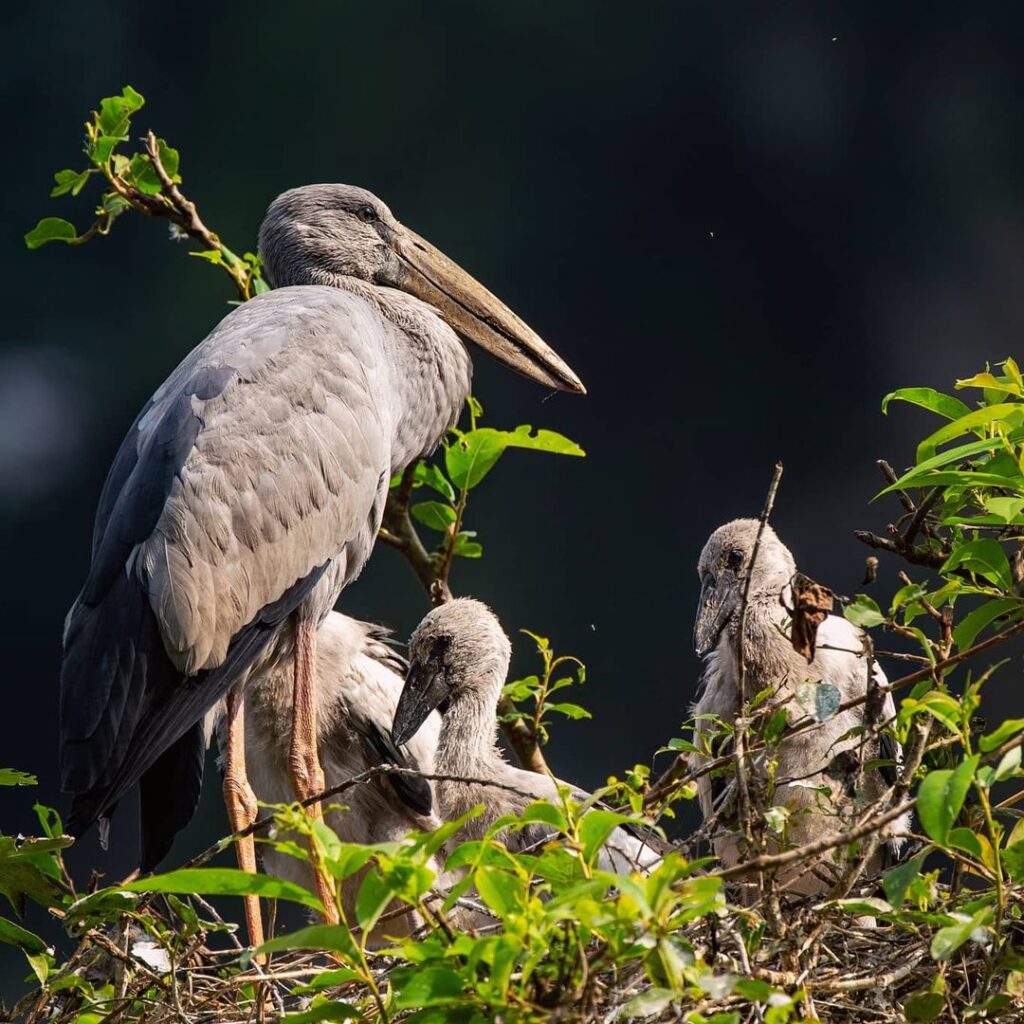
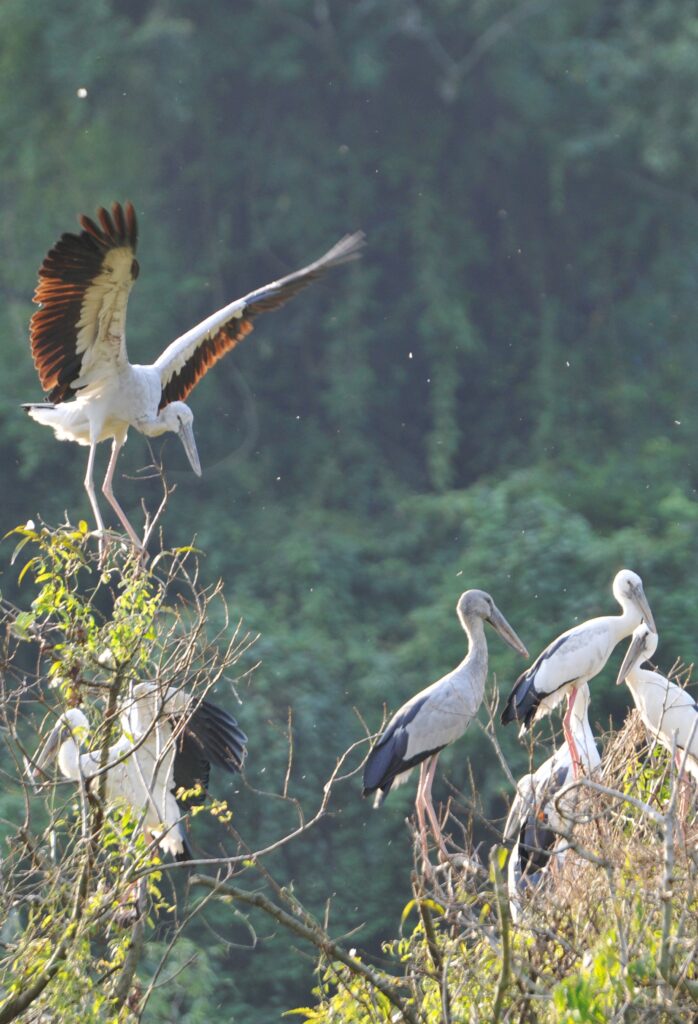
While challenges lie ahead, the continued thriving birdlife at the Thung Nham bird park could be the transformative force behind the revival and flourishing of Ninh Binhâs nature scene and the driving factor for Vietnamâs sustainable tourism movement.

